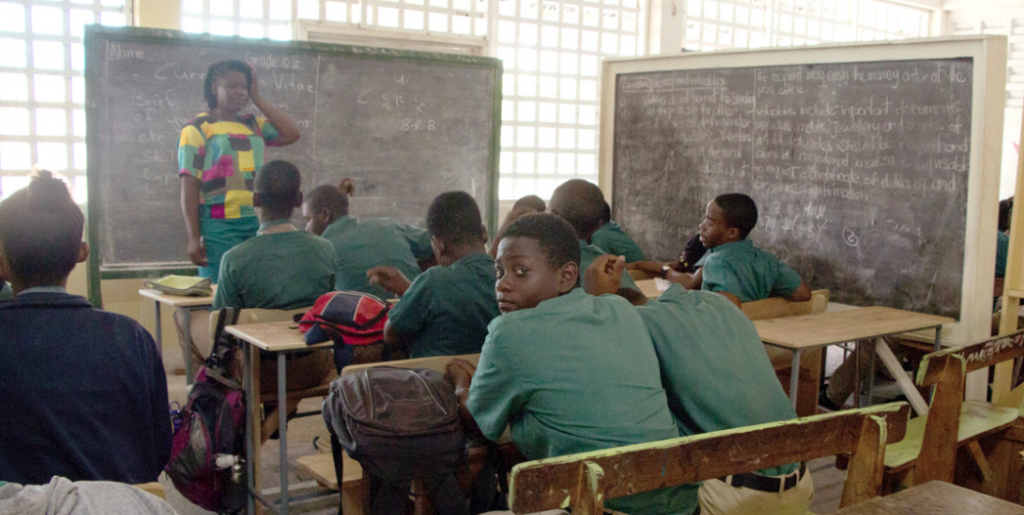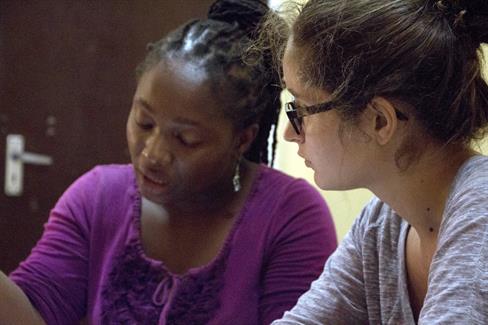Tackling the Caribbean’s Highest Youth Unemployment Rate
Story

Inside an airy fourth form classroom, 13 teenagers are learning to write a resume. The group of 14- and 15-year-old students are part of a new high school career guidance program teaching young people the skills they will need to land a job.
“What is your dream job?” Bevon Austin asks her class, before pointing to each student, in turn. “Doctor, Miss,” a boy says. “Banker, Miss,” a girl in the front row replies.
Austin is convinced that the lessons are important for her students. In the past, she says, some were not interested in doing schoolwork. Today, many are competing with more advanced peers.

“Now that they’re doing this programme, I think that it’s boosted their self-esteem. They’re working.”
According to a 2015 Caribbean Development Bank study, Guyana has held the highest youth unemployment rate in the Caribbean for more than 15 years – it currently stands at 40 percent. The study says a lack of relevant skills is one of the reasons.
With this in mind, Cuso International and its partner, Volunteer Youth Corps, developed an innovative programme to get high school students thinking about their future careers. After piloting it in three schools in 2013, the programme expanded to 10 schools in 2015 and an 11th in early 2016.
By the end of the 2015-16 school year, more than 400 students have participated in it.
“The programme was developed to allow the students to explore what their goals are, as well as how to develop them and how to reach them,” says Cuso International volunteer Daniela Spagnuolo.
“We’re hoping in the next three to five years that it will be adopted by the Ministry of Education and offered nation-wide.”
Spagnuolo, who was matched with local partner Volunteer Youth Corps, says the teachers have been passionate about showing their students why the material is relevant.
Every month, she visits each participating class and has two students fill out feedback forms. She also collects a report from every teacher.
“The students are learning. I’ve seen a lot of them refer back to previous lessons,” she says.

Most of the participating schools have included the career guidance programme in their daily timetable, while others offer it at lunch or on weekends.
During a Saturday session at Tutorial High School, only four teenage girls arrive for the lesson. The students are in their final year and many of their classmates skipped the class to study for their Caribbean Examination Council exams.
But teacher Michelle Jeffers is not worried. She goes through her lesson on the rights and responsibilities of workers and employers, as planned.
After class, she explains that even though only four students attended her lesson that day, by the end of the week she expects to see at least 15 of them.
“I find them one by one within whatever spare time I have,” she says. “When I catch them, I say ‘come, sit, let’s work this. Five minutes today, 10 minutes tomorrow. You do this exercise on your own and then I’ll check it out.’”
When asked about her dedication, Jeffers says she firmly believes that the programme will help her students make better decisions about what they want to become in life.
“You should love your job,” she says. “I would love to see them five, six years down the line tell me: ‘Miss, I’m a nurse, and I’m better off because I was exposed to career guidance.’”